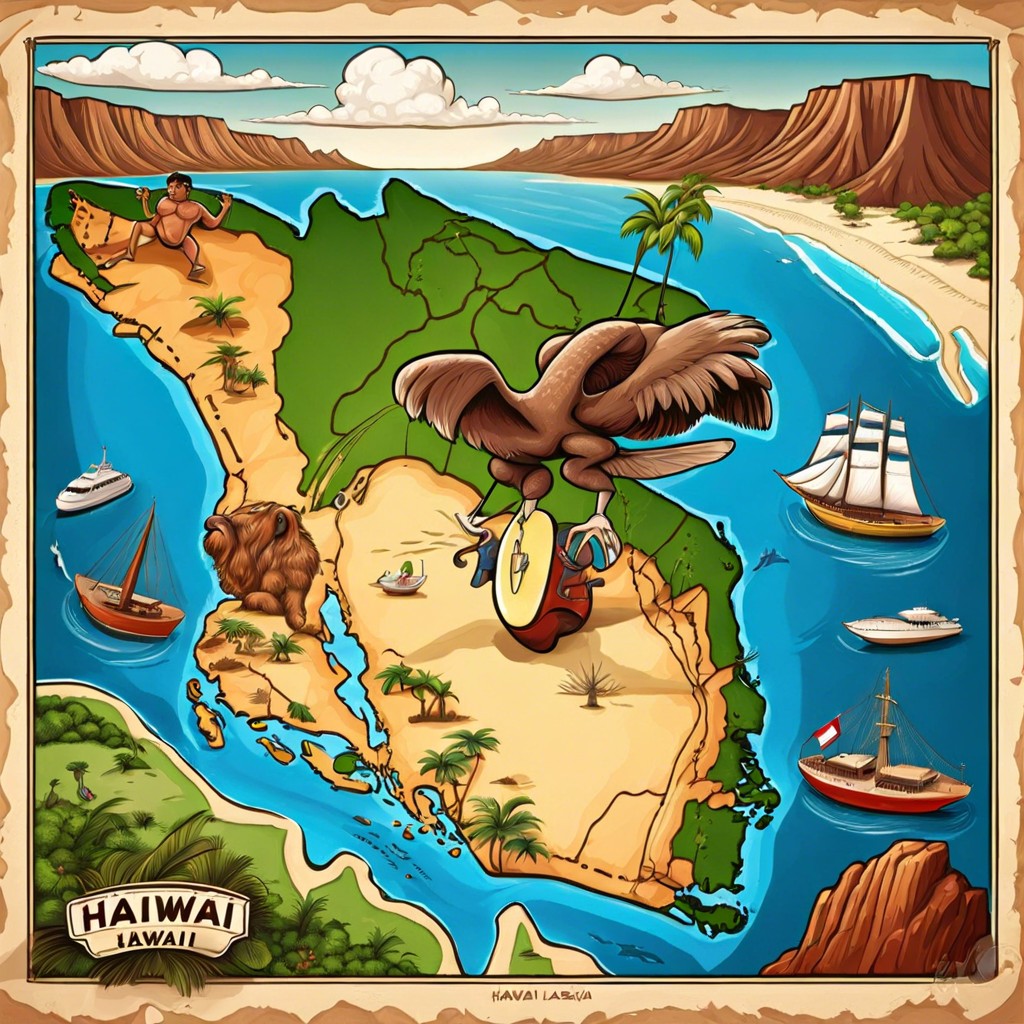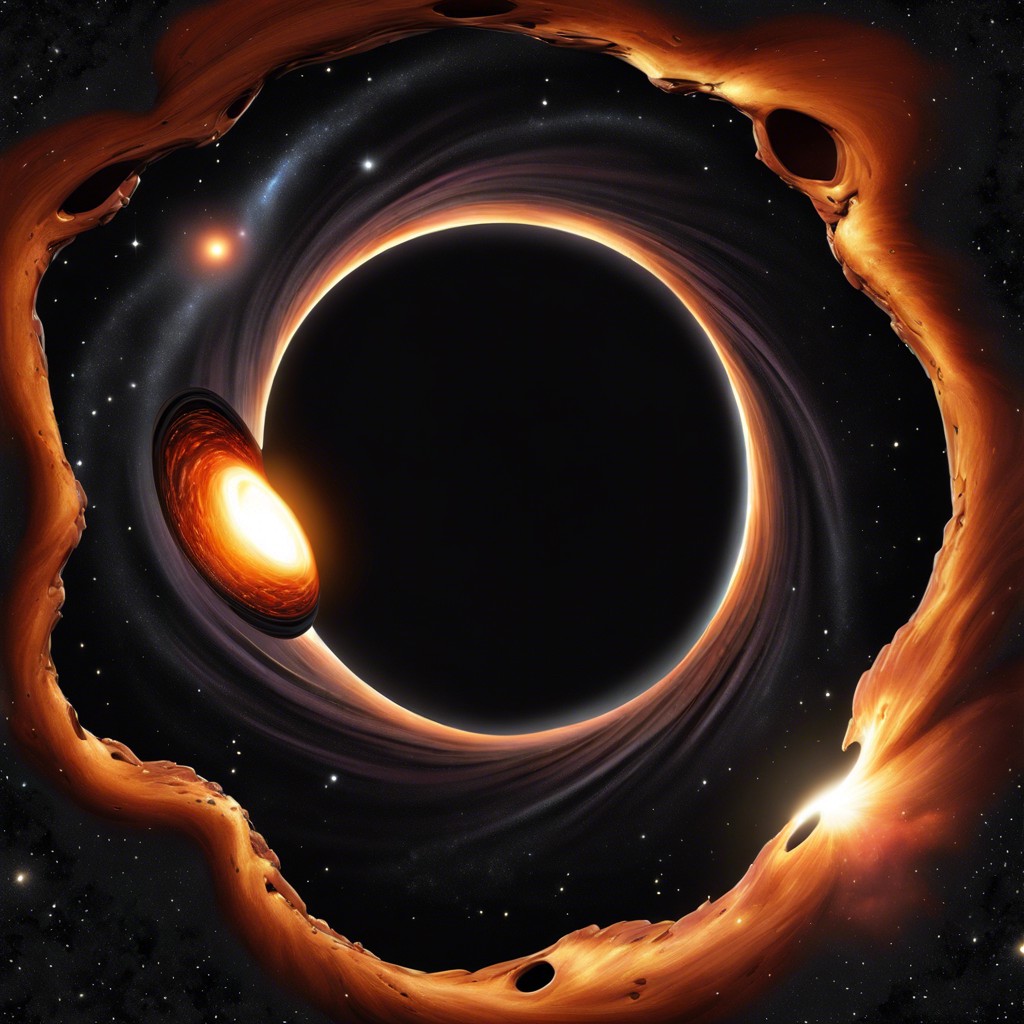Discover the size of Maui and why its dimensions make it a unique destination in the Hawaiian archipelago.
Key takeaways:
- Maui has a land area of approximately 727 square miles.
- Maui is the second largest island in the Hawaiian archipelago.
- Maui’s size contributes to diverse landscapes and ecosystems.
- Maui’s size allows for unique residential and commercial development opportunities.
- Maui’s size supports a high rate of endemic species and unique microenvironments.
Total Land Area of Maui
Maui boasts a land area of approximately 727 square miles, making it the second largest island in the Hawaiian archipelago. To put this in perspective, it’s about 17 times smaller than the state of Connecticut.
The island’s size contributes to a diverse range of landscapes — from the lush rainforests of Hana to the volcanic craters of Haleakalā. This sizable area allows for distinct microenvironments which attract both tourists and researchers.
Maui’s extensive land area also supports unique residential and commercial development opportunities, distinct from the more congested Oahu. This allows for both sprawling resorts and secluded hideaways, catering to a wide range of preferences and contributing to the island’s economic diversity.
Comparison of Maui’s Size to Other Hawaiian Islands
Maui is the second largest island in the Hawaiian archipelago, covering 727 square miles. In contrast, the Big Island, officially known as Hawai’i, is the largest, boasting a vast 4,028 square miles, significantly larger than Maui. Oahu, famous for Honolulu and Pearl Harbor, follows Maui closely with 597 square miles. Kauai, with its lush landscapes and dramatic cliffs, is smaller at 552 square miles.
The size differences among these islands result in distinct cultural, economic, and environmental characteristics. For example, Maui’s relatively large size allows for diverse climates and ecosystems, from volcanic peaks to tropical coastlines, which aren’t as varied in the smaller confines of Kauai. Meanwhile, Oahu’s moderate size supports a large population density and urban development not feasible on the smaller or less accessible islands.
Influence of Maui’s Size On Its Ecosystem and Biodiversity
Maui’s diverse landscapes are shaped significantly by its size. Covering 727 square miles, the island’s relatively compact area supports a range of ecosystems from coastal plains to high volcanic peaks. This varied topography within a small space leads to high ecological diversity. The unique environments, such as the lush rainforests of Hana and the alpine desert on Haleakalā, support distinct species that are adapted to very specific climates and altitudes.
Moreover, the island’s size has facilitated the formation of isolated microenvironments, each being a haven for unique species not found elsewhere, a phenomenon often seen on islands where geographical isolation drives evolution. This notably includes a high rate of endemic species, such as the vibrant honeycreepers in the forests, which rely heavily on the specific types of habitats that Maui offers. The compact size blends these varied habitats closely together, creating a dynamic interdependence that both fuels and challenges conservation efforts.



